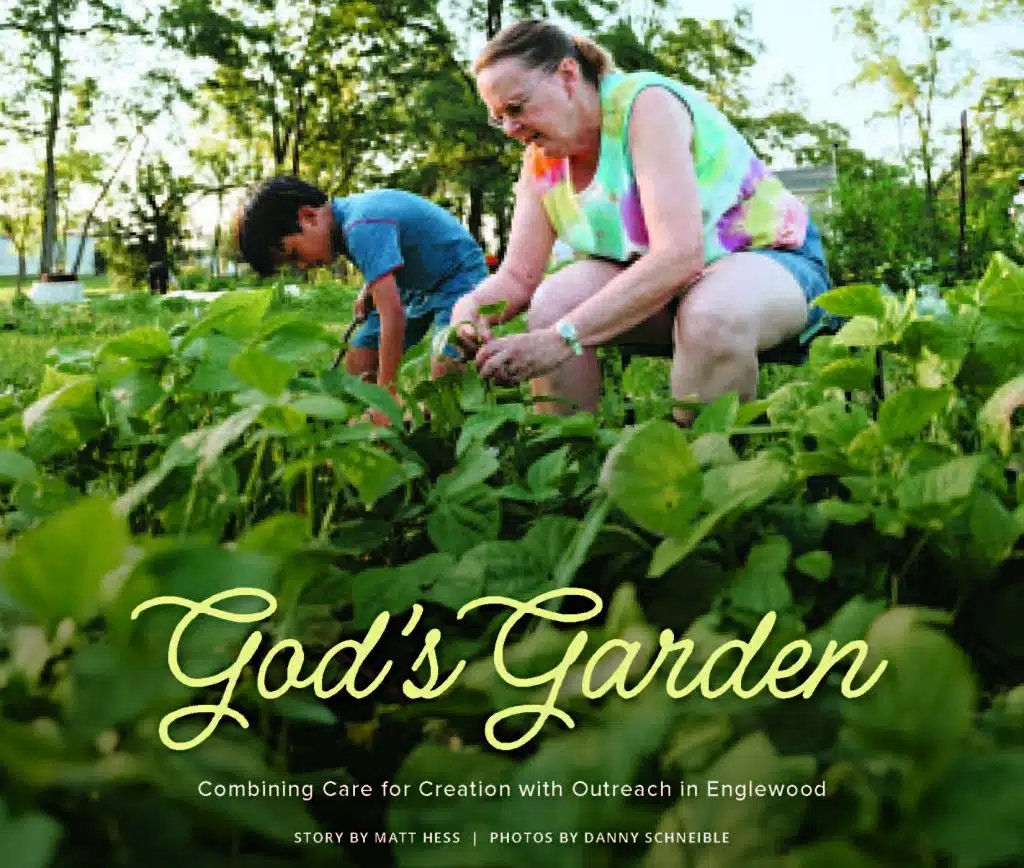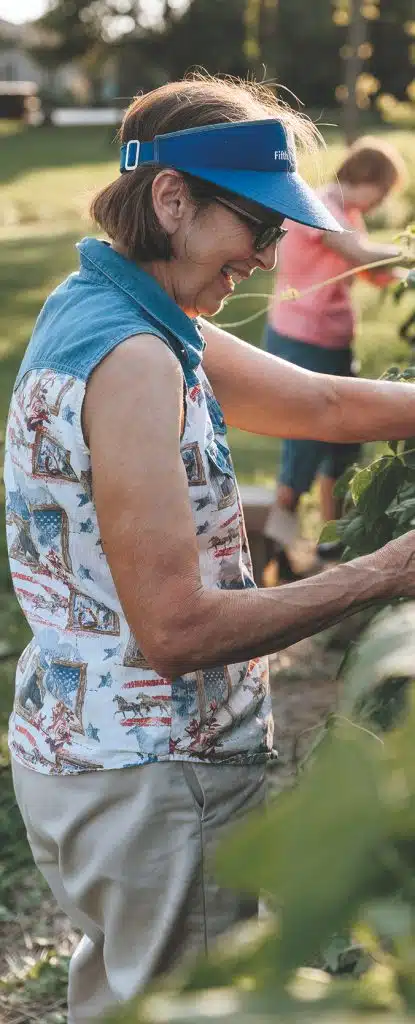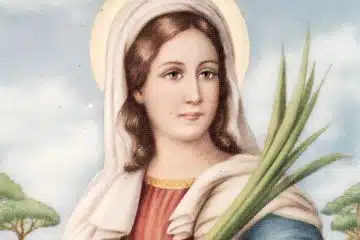God’s Garden

 God’s Garden, on the grounds of St. Paul Church in the St. Gaspar Family of Parishes, is about community. First and foremost, it grows fresh vegetables for local food pantries to distribute to those in need. But it is also about bringing volunteers together from local parishes, connecting them with the soil, teaching them how to grow food and sharing the joy of serving neighbors.
God’s Garden, on the grounds of St. Paul Church in the St. Gaspar Family of Parishes, is about community. First and foremost, it grows fresh vegetables for local food pantries to distribute to those in need. But it is also about bringing volunteers together from local parishes, connecting them with the soil, teaching them how to grow food and sharing the joy of serving neighbors.
It all began when Sue Sack was at a downtown Dayton food pantry in 1992. “I quickly saw the lack of fresh food available to people, and the then-director suggested donating our extra produce,” Sack said.
The need could not be filled just from her family garden, so Sack approached St. Paul Church that fall about establishing a garden on its grounds in the spring. “Each year, both the garden and harvest have grown,” Sack said, and their gardening has become more organic and sustainable in its practices with each passing year.
The last 30 years have been fruitful for God’s Garden. Its produce is donated to the local St. Vincent de Paul food pantry and Northmont Community FISH (Friends In Service for Humanity). Sack reports that over the years they have donated at least 25,000 pounds of food to these and other local food banks, helping numerous families in northwest Dayton. “At a minimum of two dollars a pound for organic produce,” Sack calculates, “that amounts to $50-$60,000.”
Valerie Hagemeyer got involved because, “I really enjoy gardening and my husband suggested we help out when requests were made at St. Paul for volunteers.” She enjoys her time in the garden and gets satisfaction from growing organic food for those who cannot buy it or grow it for themselves. And she noted that through the garden she has been blessed with new friendships.
The group works on site Monday and Thursday evenings during the gardening season. A typical night varies by season, so volunteers may plant, prepare the soil, water, weed or harvest.
“A typical garden season begins for me in January,” says Sack, “when I begin ordering seeds and other supplies.” By the end of February, she plants many of the vegetables in the greenhouse at her farm. Volunteers begin work in God’s Garden in the spring and work throughout the summer.
“The season ends sometime in October when we gather as a community for a special dinner to celebrate our hard work [and] to talk about the difficulties and joys of the summer and hopes for the next season,” said Sack. For her, the garden is a nearly year-round project involving her time and her personal resources and equipment.
Rita Hess is a parishioner at Precious Blood Church in the same Family of Parishes as St. Paul and has volunteered at the garden for 15 years. “It is very rewarding both physically and spiritually to work two evenings a week at God’s Garden growing and harvesting produce for the less fortunate in the local community,” she said.
Time spent outside in the garden is time spent with God, offering this sacrifice so that others might be nourished by others’ labor. It is truly a labor of love.
But there are many challenges! You never know if it will be a wet or a dry year or if the local wildlife will get the produce before it’s harvested. And the summer weeding never seems to end. These discouragements are part of the ministry and borne patiently by the volunteers’ core group, who have learned the skills to mitigate them. But these dedicated individuals can always use an extra set of hands and want people to know they are welcome to help out—no experience is needed!
Over the last 30 years, the garden fulfilled its goals to provide fresh food for local food pantries, connect people to the soil, help people grow in their knowledge of gardening, and gather the local community together.
This outreach is essential to living out the Catholic faith. “Food insufficiency is most certainly a social justice issue, [which] is a crucial aspect of our faith tradition,” said Sack. We are called to take the faith out to the garden, helping through our labor those who hunger in our community.
God’s Garden is one example of how enjoyable it can be to help those in our community. “There are few greater pleasures in the summer to a gardener than to pick produce, prepare it, eat it and know that I grew it,” Hagemeyer said.
That joy is the payoff for all the work put into the garden, and it is shared among the volunteers. They hope that joy is also felt when the fruits of their labors are eaten by their neighbors in need.
This article appeared in the September 2024 edition of The Catholic Telegraph Magazine. For your complimentary subscription, click here.













